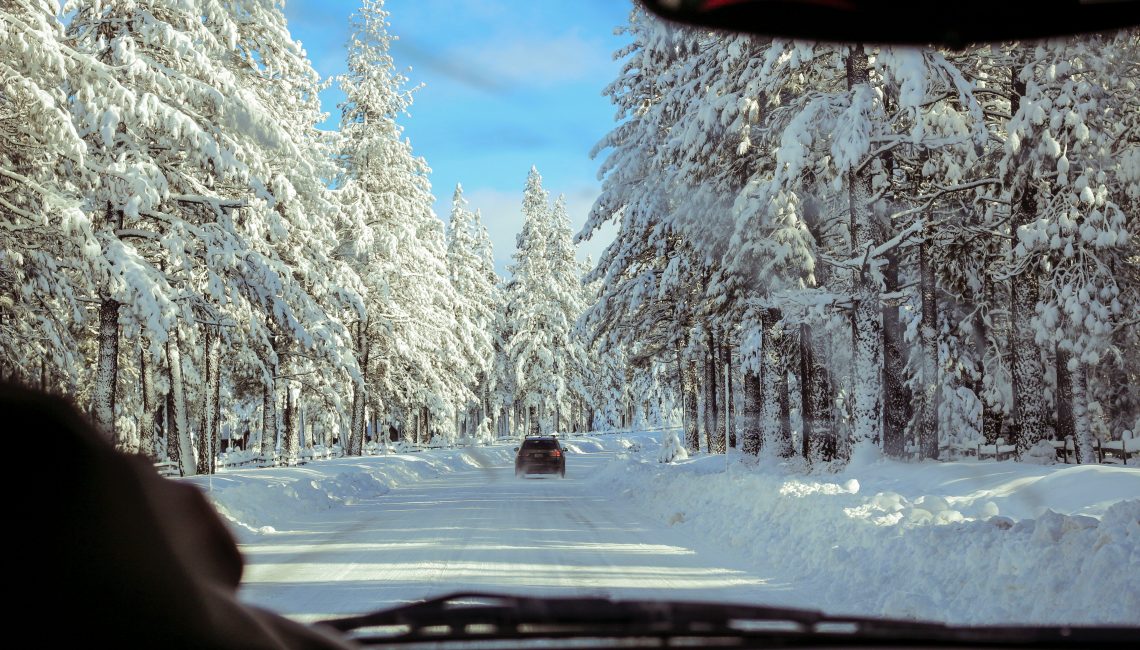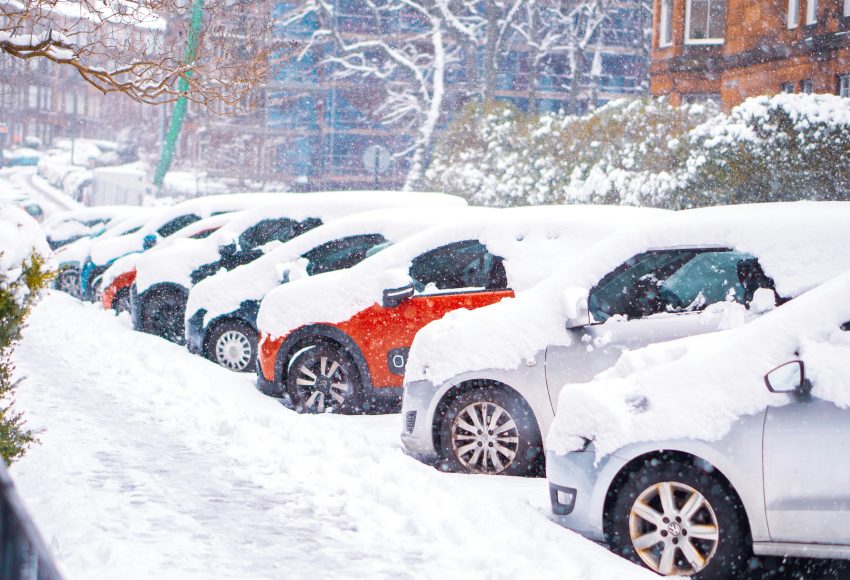Now that we’ve officially entered the winter season, this means we can expect more snow sticking to the ground, longer commutes, slippery roads and more. With that being said, these next couple of months will have an increased chance of accidents on the road due to the dangerous driving conditions that winter and snow can ensue.
In fact, nearly 30 per cent of Canadian car accidents occur on snowy or icy roads. This is no surprise to insurance companies because the insurance industry has reported a 49 per cent increase in claims arising from car collisions from December to January. To avoid being in the 30 per cent ratio of Canadians in car accidents and to avoid an increase in your insurance premium, here are a few winter driving safety tips to consider.
-
Install Winter Tires
Installing winter tires is important and safe for all drivers. Having winter tires will they help protect all drivers on the road. The rubber used for winter tires were designed to stay flexible in extremely cold and chilly weather, which provides a much better grip when driving on slippery roads. In addition, all insured drivers who have installed winter tires are eligible for a discount on their auto insurance policy.
-
Ensure Your Vehicle Is Prepared For Winter Driving
To fend off any situation where you could cause a collision on the road, ensure your vehicle is prepared for the drive ahead. Simple acts like cleaning the snow and ice off your car before you drive it could cause the snow and ice slip down and affect your visibility on your windshield while driving and can possibly hinder the vehicles driving behind you. The Canada Safety Council recommends that mirrors, all windows and the top of your vehicle should be free of snow or frost before getting onto the road. Furthermore, making sure you have a full tank of gas and making sure your wipers are in good condition is useful to get snow off your car when driving in the middle of the snowfall. Keeping emergency items such as a windshield wiper fluid, lightweight shovel, battery jumper cables and a flashlight is essential to have.
-
Stay Cautious On The Road
Part of winter driving safety requires driving with caution. After all, driving too quickly is the main cause of winter collisions, therefore it is crucial to drive slowly and carefully on the snow and ice-covered roads; this applies to all municipal roads, highways and most importantly, school zones. Give yourself extra time and room when making turns and changing lanes, as well as braking slowly to reduce speed. If you find yourself in a skidding situation, turn into the skid and then accelerate. This will help transfer the weight of your vehicle from the front to the rear, which will then help you regain control.
-
Plan Ahead
Lastly, check weather conditions before you leave home for your destination, especially before a long trip. Waiting out a storm will be much safer than the risk of driving in it. Environment Canada will issue immediate warnings when it expects blizzards, heavy snow, freezing rain or drizzle, cold snaps and winds.
Since, most of these tips are all common sense it shouldn’t be hard to follow. But when there is a total of over 1,500 accidents of light and heavy snow falling combined, it is knowledgeable to take these extra precautions when driving in the winter and to avoid an increase in your car insurance premium.





